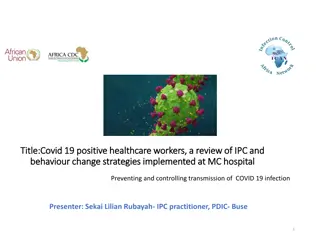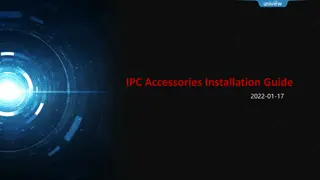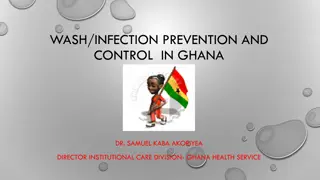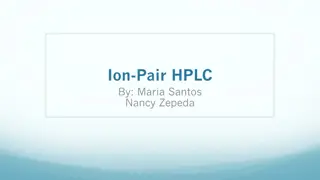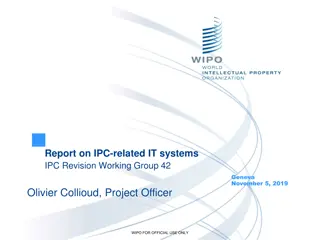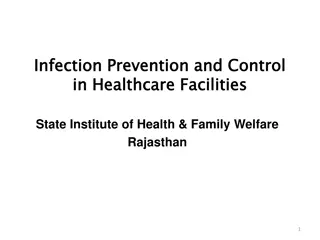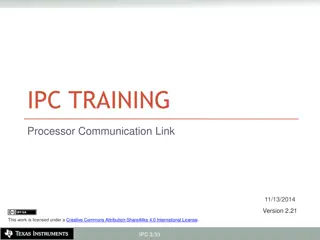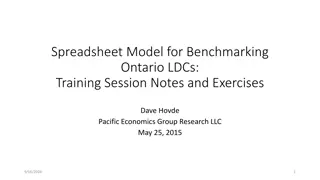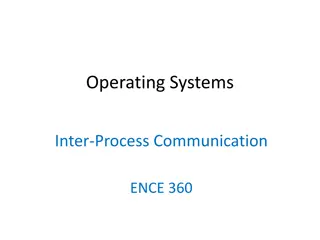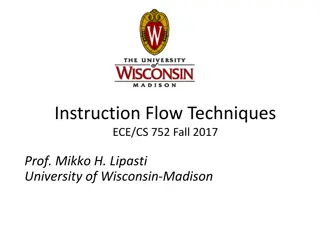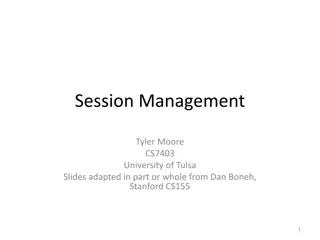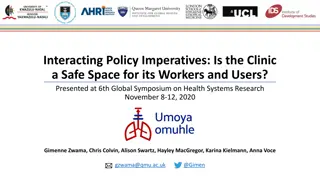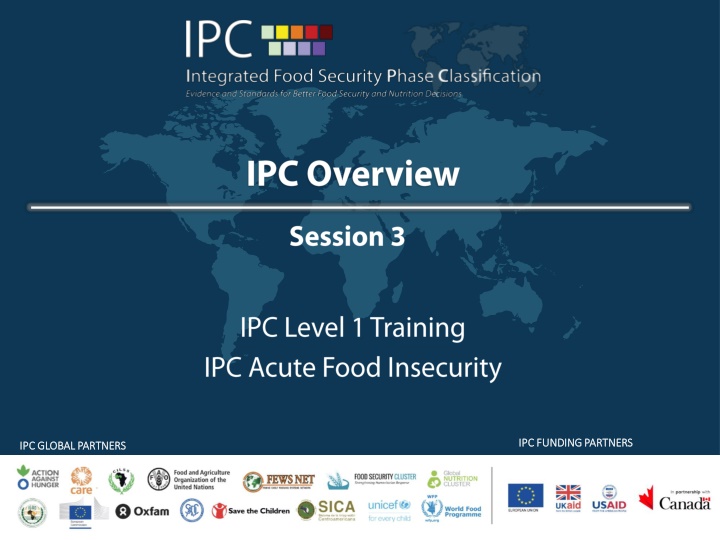
IPC: Global Classification for Food Insecurity & Malnutrition
Learn about IPC, a global classification system for acute food insecurity, chronic food insecurity, and acute malnutrition. Developed through evidence-based consensus, IPC identifies key drivers and severity levels, aiding strategic decision-making in addressing food crises. Explore the four core IPC functions and protocols to achieve technical consensus, classify severity, communicate for action, and ensure quality assurance.
Download Presentation

Please find below an Image/Link to download the presentation.
The content on the website is provided AS IS for your information and personal use only. It may not be sold, licensed, or shared on other websites without obtaining consent from the author. If you encounter any issues during the download, it is possible that the publisher has removed the file from their server.
You are allowed to download the files provided on this website for personal or commercial use, subject to the condition that they are used lawfully. All files are the property of their respective owners.
The content on the website is provided AS IS for your information and personal use only. It may not be sold, licensed, or shared on other websites without obtaining consent from the author.
E N D
Presentation Transcript
IPC FUNDING PARTNERS IPC FUNDING PARTNERS IPC GLOBAL PARTNERS IPC GLOBAL PARTNERS
What is IPC? A Global Classification for Acute Food Insecurity, Chronic Food Insecurity and Acute Malnutrition Developed around four key values Achieved through evidence-based technical consensus among key stakeholders An approach that consolidates wide- ranging evidence to classify the severity and magnitude and identify key drivers Provides actionable knowledge for strategic decision making Promotes rigorous, neutral analysis
What is IPC? A Global Classification for Acute Food Insecurity, Chronic Food Insecurity and Acute Malnutrition Developed around four key values With four IPC Functions to achieve them Achieved through evidence-based technical consensus among key stakeholders Function 1: Build Technical Consensus An approach that consolidates wide- ranging evidence to classify the severity and magnitude and identify key drivers Function 2: Classify Severity and Identify Key Drivers Function 3: Communicate for Action Provides actionable knowledge for strategic decision making Function 4: Quality Assurance Promotes rigorous, neutral analysis 3
Overview of the Four Functions IPC Function 1 1 IPC Protocols Build Technical Consensus 1.1 Compose analysis team with relevant sectors and organizations 1.2 Conduct analysis on a consensual basis 2.1 Use Analytical Framework to guide converge of evidence 2.2 Compare evidence against the Reference Tables 2.3 Adhere to parameters for analysis 2.4 Evaluate evidence reliability 2.5 Meet minimum evidence and analysis requirements 2.6 Methodically document evidence and analysis and make them available upon request 3.1 Produce the IPC Analysis Report 3.2 Adhere to mapping standards 3.3 Strategically share communication products in a timely manner Classify Severity and Identify Key Drivers 2 2 3 3 4 4 Communicate for Action 4.1 Conduct a self-assessment of analysis 4.2 Request and engage in an external quality review if necessary Quality Assurance - - Each Function has a set of protocols Functions and protocols are common for all Scales, but each with adapted tools and procedures The thirteen protocols are to be completed in each IPC analysis -
Overview of Acute Food Insecurity Protocols Tool: A device or implement [ ] used to carry out a particular function. A thing used to help perform a job. Procedure: An established or official way of doing something. A series of actions conducted in a certain order or manner. Oxford English Dictionary. For each IPC Protocol, tools and procedures are provided Tools and procedures are specific for each scale 5 3/18/2025
Task: In groups of 3 people: Allocate all Functions, Tools and Protocols into correct slots in the diagram Exercise 3.1 Timely and strategically share communication products (J) Conduct Self-Assessment (A) To critically analyze complex information to classify areas in severity categories meaningful for decision making , estimate magnitude and identify nature and drivers (B) Methodically document evidence and analysis and make them available upon request (K) Adhere to parameters for analysis (L) To ensure technical rigour, neutrality and self-learning for future improvements (C) Evaluate Evidence Reliability (M) Adhere to mapping standards (N) Compose Analysis Team with relevant sectors and organizations (D) Classify Severity and Identify key drivers (O) Conduct analysis in a consensual basis (E) Meet minimum evidence and analysis requirements (P) Strategically share communication products in a timely fashion (F) To enable technical consensus between multi-sectoral experts (Q) Compare evidence against Reference Tables (R) Use Analytical Frameworks to guide convergence of evidence (G) Build Technical Consensus (S) Produce IPC Report (T) Quality Assurance (H) Request and engage in an External Quality Review if necessary (U) 6 Communicate for Action (I)
Exercise 2.1 Answer: Get your Team to win! Break the World Record of 01:22.09 7
Exercise 2.1 Did you get them all right? D E G R L M P K T N J A U Q S B O F I H C 8
The Three IPC Scales 3/18/2025 IPC Learning Programme 9
IPC Integrated Conceptual Food Security & Nutrition Framework 3/18/2025 IPC Learning Programme 10
Key Challenges and Limitations IPC Analysts have to deal with some (or all) of the following challenges in the analysis process: Consensus-building is a time-consuming process, and agreement is not always attainable The convergence-of-evidence approach often identifies contradictory evidence IPC classification is only as robust as the evidence used and how it is analysed Analysis of drivers does not always meet decision-makers needs
What the IPC is not... A methodology for directly measuring food insecurity it draws from multiple methods Limited to or biased towards any particular analytical methodology An information collection tool - though it may inform data collection and highlight information gaps An information system; it is a complementary add-on to existing systems Response analysis 12
Task: Summarizing the key points of IPC Exercise 3.2 Working in groups of 3-5, either: a. Explain what the IPC is and what it is not? Write down your answers in a concise paragraph. b. Describe the IPC to someone who has never heard of it before be ready to report back to the group! 13

